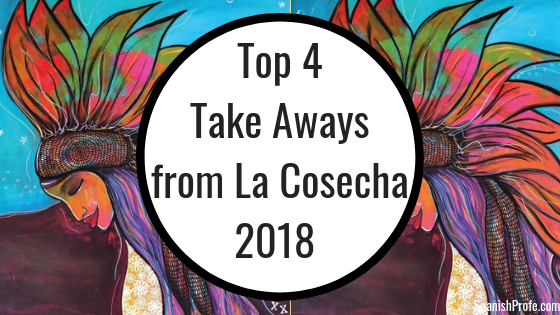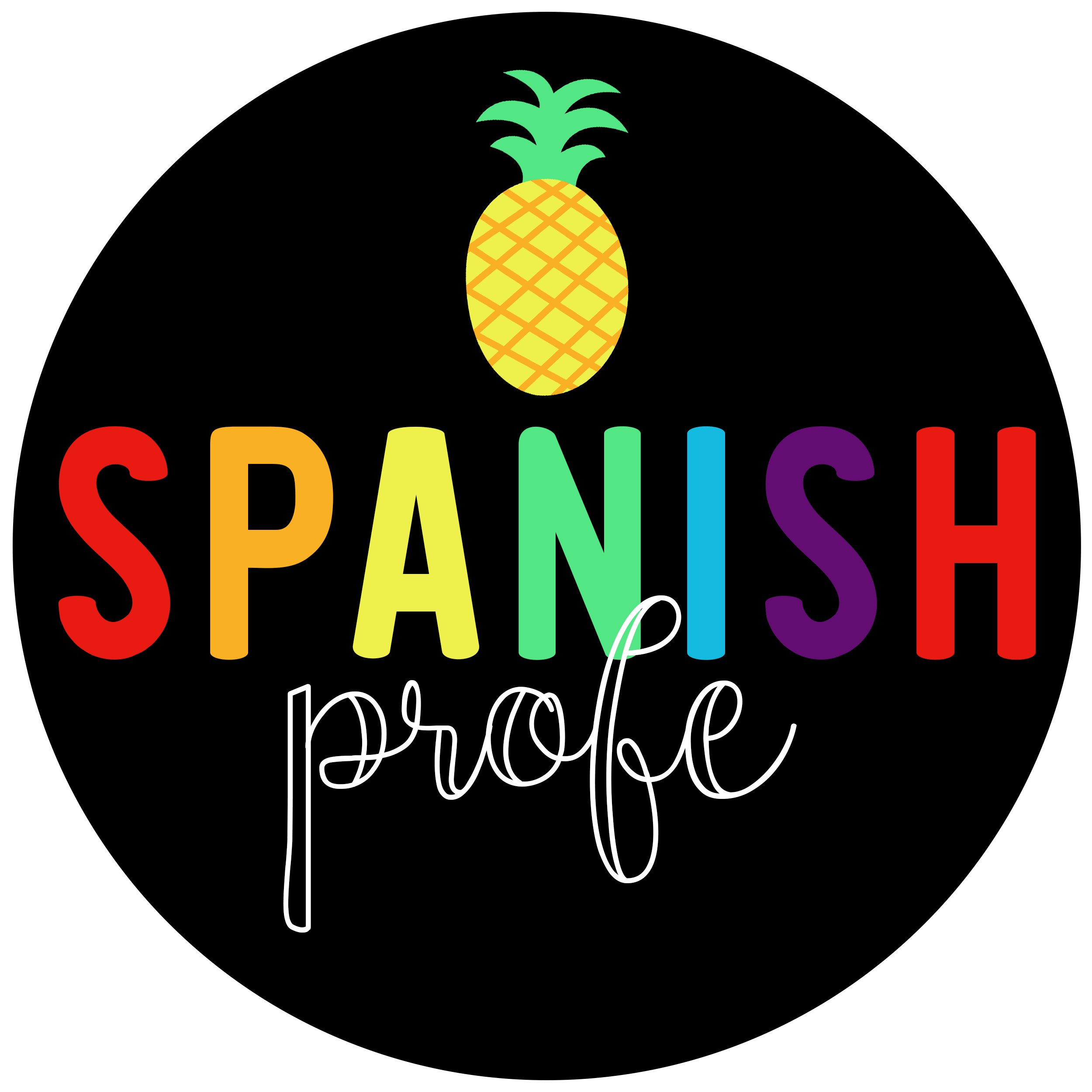
Here are a few of my top takeaways from La Cosecha Conference 2018, which was held in Santa Fe, New Mexico in mid-November 2018. It is a great conference with a wide variety of sessions available; anything from research-based from academics in the field of bilingual education, to practical hands-on workshops that provide you with ideas you can implement in your bilingual or immersion classroom the next day.
1. Bilinguals should be treated and educated as bilinguals
In the past, languages were taught separately and students were not given much opportunity in bilingual and immersion classrooms to ‘bridge’ or talk about how the languages are connected academically. Within bilinguals, we should recognize that there are not two monolinguals— but that the Spanish and English of each bilingual are intertwined and because of that our bilinguals need opportunities in the classroom to make connections on how their two languages are the same and/or different to further their language acquisition journey (in both languages). We must recognize that each student is at a different spot on the ‘bilingual’ scale or spectrum; some with stronger Spanish or English skills and others with developing skills in both languages. We should not think about L1 and L2 because that is very difficult to determine since the majority of the bilinguals in our education system are U.S. born nationals.
2. Bilinguals only need to learn something once
If you work in a two-way immersion program, it is important NOT to teach the same thing both in English and then in Spanish. Do not waste your time. Bilingual students only need to be taught in one language and they should be able to transfer their knowledge or skill to their other language. There is, however, room to bridge or quickly discuss vocabulary but concepts should not be re-taught. Bridging conversations will help students make meaning or understand to specific parts about the languages they speak- without being explicitly taught the same thing again but in a different language. When in doubt go deeper– but never teach the same.
3. We need to be advocates for our students and their right to receive access to bilingual programs
We know (as bilingual teachers and parents) that the benefits of being bilingual are numerous. It is our responsibility as educators, parents and community members to ensure that students and families are receiving quality bilingual programming and services in our schools and community.
4. Bilingual teachers are in demand and there is a growing need for them in the United States
There were many programs and schools recruiting educators to their school districts at La Cosecha. Not only is it a great conference to better your knowledge and craft as a bilingual educator but it is also a place to connect and find employment if you are looking for new teaching position somewhere in the United States.
There were a wide variety of bilingual and immersion programs represented at the La Cosecha 2018 conference (and not just Spanish). It was great to be able to connect and share ideas with other professional educators, advocates, teacher trainers and administrators in the field of bilingual education.
Anyone that is a bilingual, dual language or Spanish immersion teacher should attend this conference if able to or given the opportunity. Tell your administrator or district supervisor that you want to go next year. I learned a lot of information and it was great to be with thousands of bilingual educators that understand the importance of this type of education in the United States (and abroad).
Did you attend La Cosecha 2018 in Santa Fe? What were your takeaways from this conference for bilingual educators?
Cover art from Amy Baca Lopez, who designed La Cosecha’s poster in 2018.









